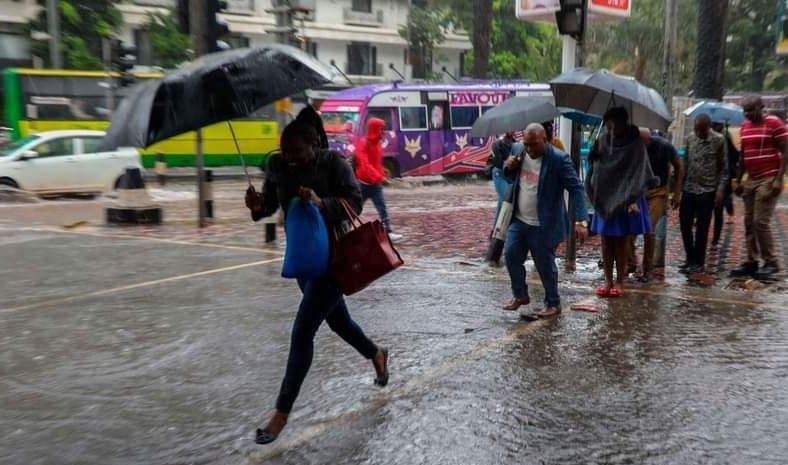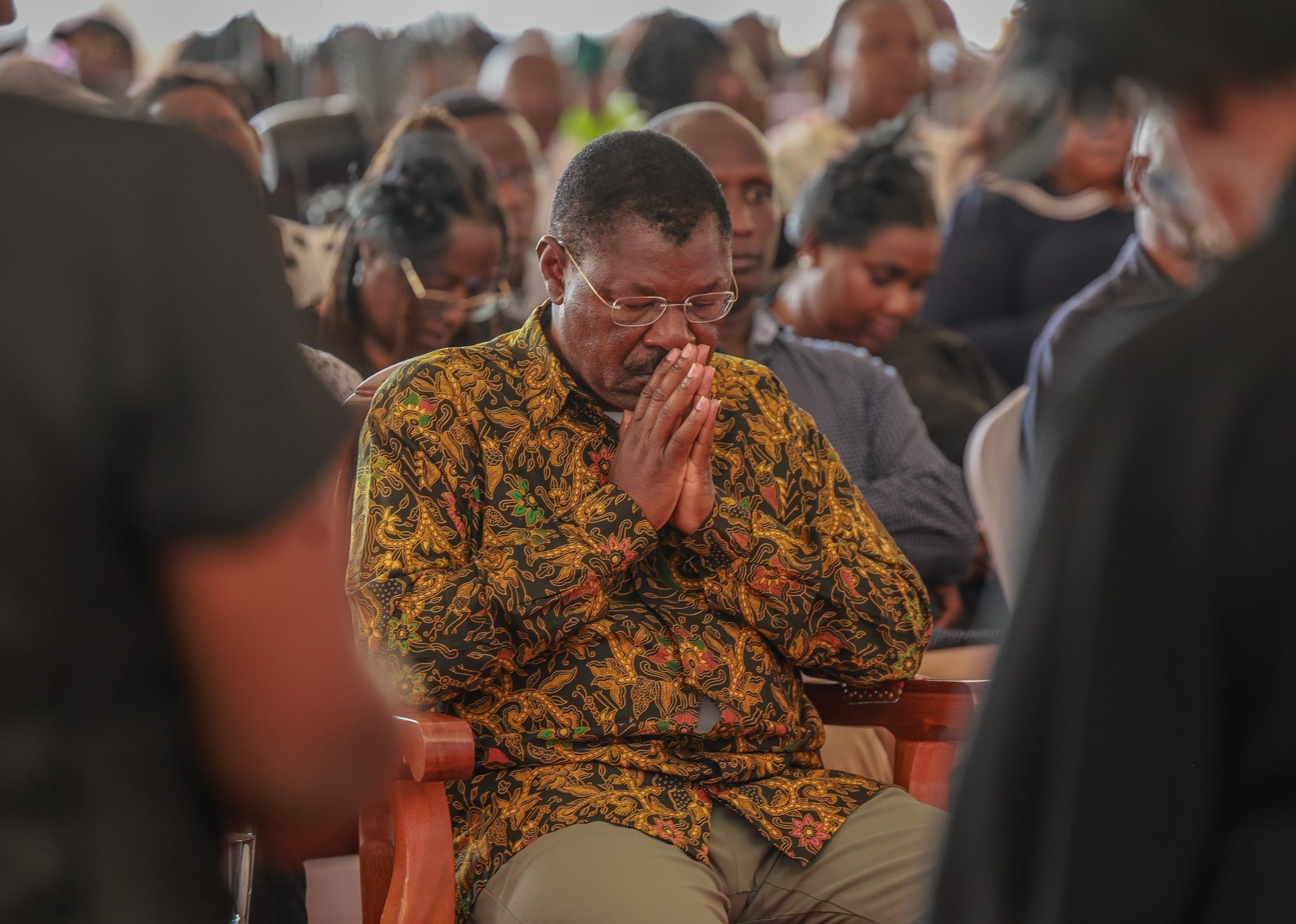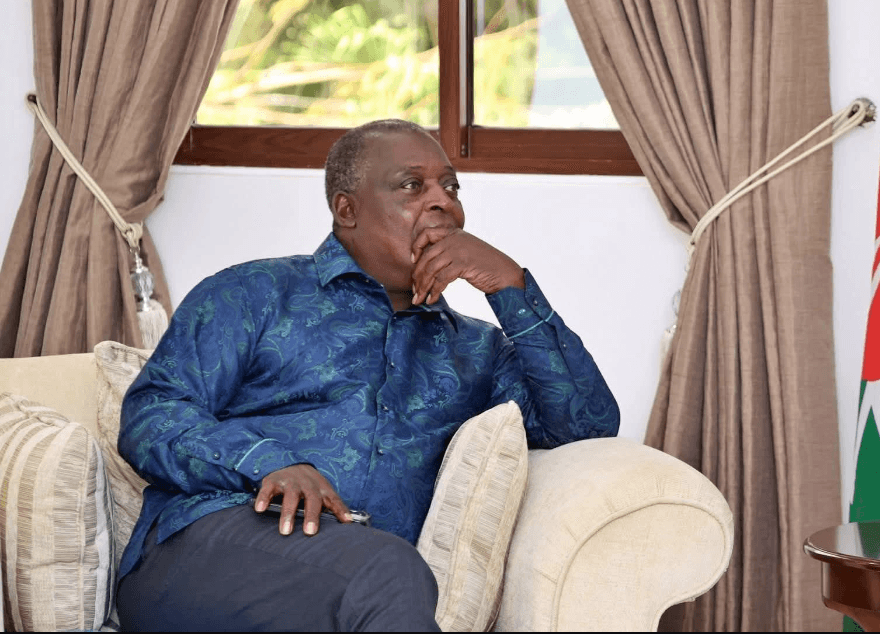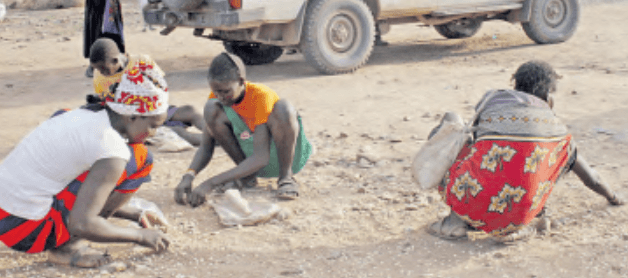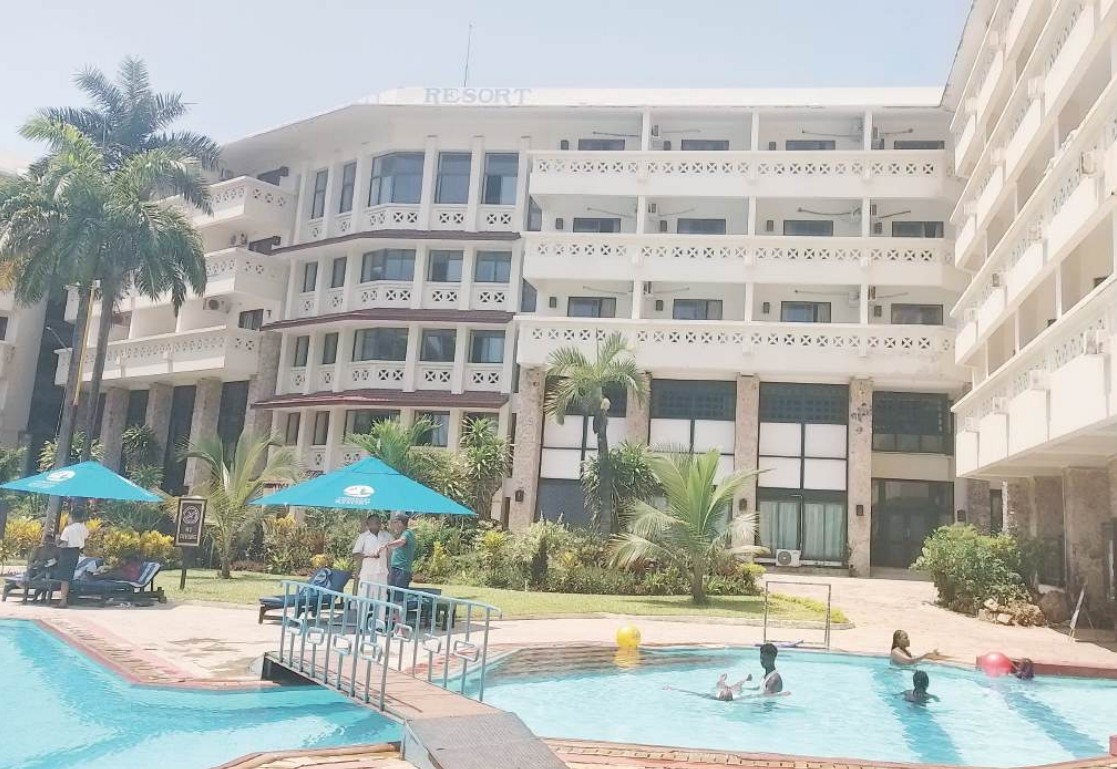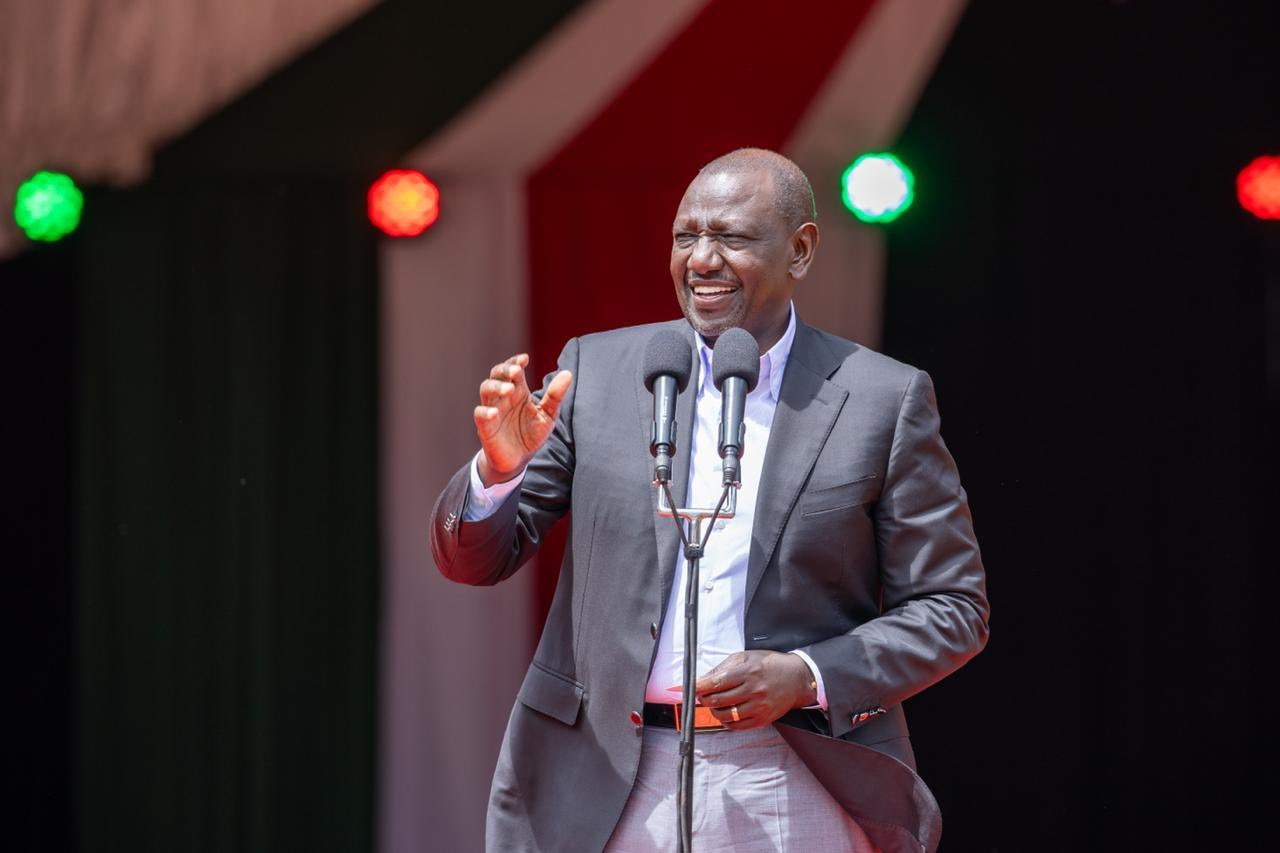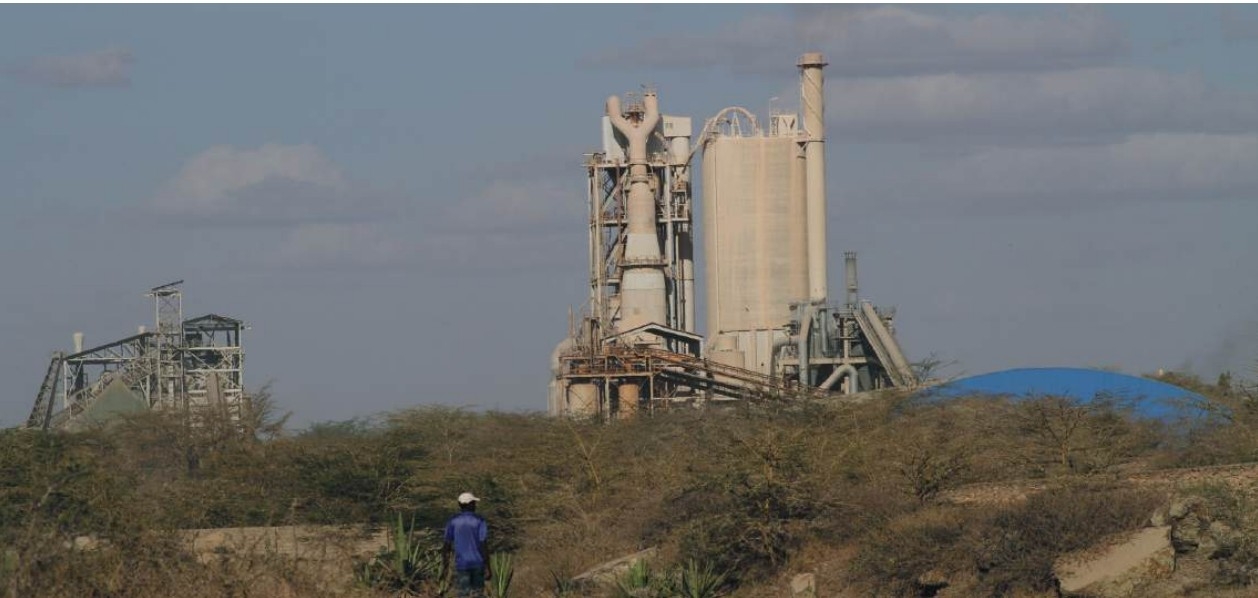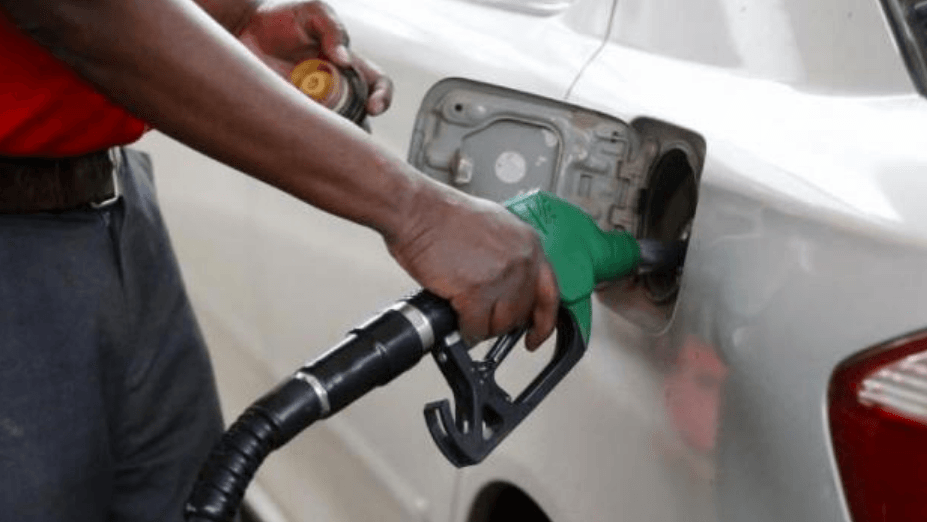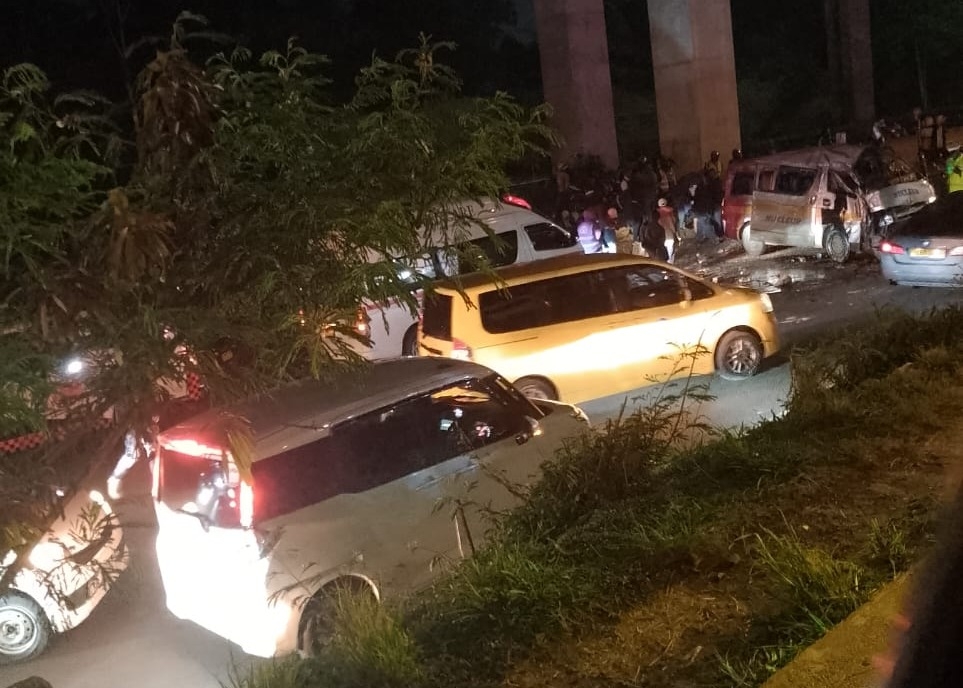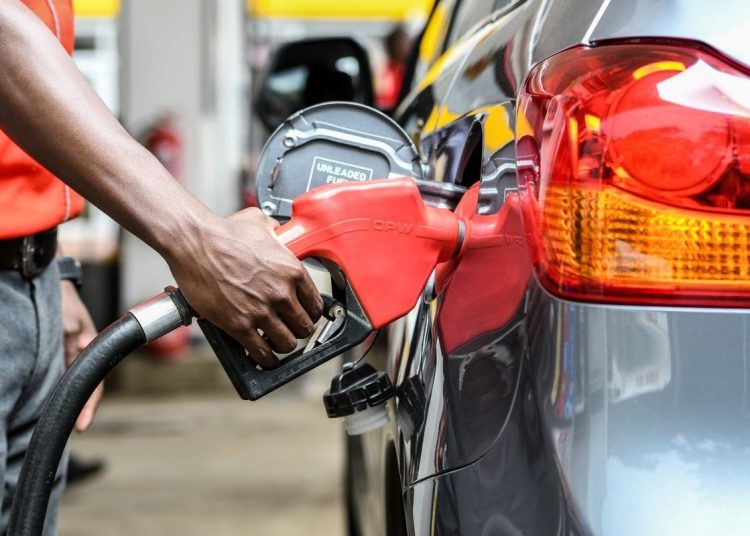
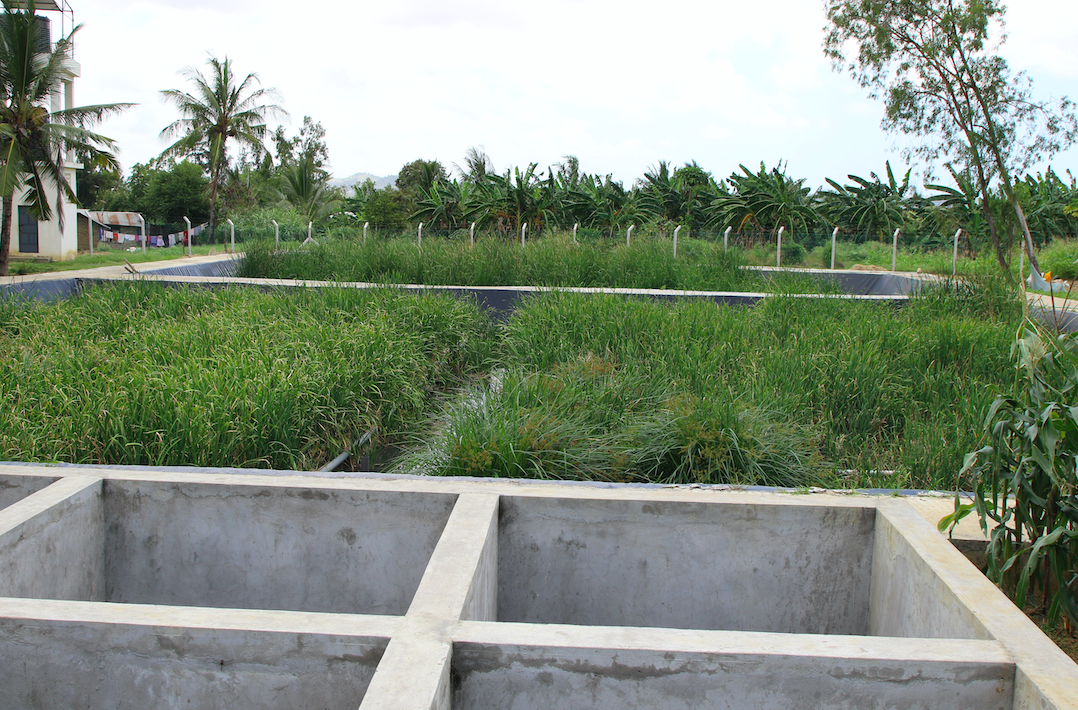 The Mikindani Community-Based Constructed Wetland for reducing wastewater pollution into Tudor Creek /Gilbert Koech
The Mikindani Community-Based Constructed Wetland for reducing wastewater pollution into Tudor Creek /Gilbert KoechFor decades, Mercy Veja dreaded stepping outside her home in Runyu village, Mikindani.
The air was thick with
the stench of raw sewage flowing from thousands of homes. The untreated
waste poisoned farms, choked mangrove ecosystems and spread diseases across her
community.
“It was a disaster,” she recalls.
“The sewer was everywhere—on our land, in the water, even in the mangroves.”
Today, Veja tells a different story.
The same wastewater that once made life unbearable is now powering her farm.
She harvests fresh vegetables irrigated with treated water and supplies markets
across the neighbourhood.
“This project has helped me so much.
I can now supply different vegetables to the market around here,” she says
proudly.
The transformation began with the Mikindani Community-Based Constructed Wetland, unveiled on May 9, as part of the EU-funded Go Blue Project. Built at a cost of Sh40 million, the wetland is a nature-based wastewater treatment plant that turns sewage into clean water.
For residents like Veja, the project
has been life-changing. Instead of sewage seeping into farms and creeks, the
wastewater is now filtered through a natural system of plants and soil. The
result: safe water for irrigation, healthier communities and cleaner oceans.
Unep’s chief of marine and coastal ecosystems, Sinikinesh Jimma, calls it a model of innovation.
“This is one of the best examples of a nature-based solution,” she said.
“It is cost-effective, community-driven and provides multiple benefits: cleaner water, healthier people, restored
ecosystems and stronger local economies. It shows how wastewater can become
wealth.”
The project is designed not only to treat wastewater but to protect Tudor Creek and the fragile Mikindani mangrove ecosystem from toxic effluents. Cutting methane emissions and improving water quality, it reduces risks of waterborne diseases and safeguards public health.
The wetland aligns with several
Sustainable Development Goals (SDGs). It supports good health (SDG 3) by
reducing disease risks, clean water and sanitation (SDG 6) through sustainable
wastewater treatment, climate action (SDG 13) by enhancing ecosystem
resilience and life below water (SDG 14) by restoring vital coastal habitats.
Jimma said beyond health
and environment, the project contributes to economic growth by unlocking
land-sea opportunities for coastal communities.
The constructed wetland mimics natural purification systems. Wastewater flows through beds of locally available vegetation such as Typha grass, cattail, flat sedge and vetiver grass. These plants absorb and break down pollutants—including suspended solids, nitrates, ammonia and nitrogen—leaving the water cleaner and safer.
Dr Joseph Kamau, a senior scientist
at the Kenya Marine and Fisheries Research Institute (KMFRI), explained how
this simple innovation has restored balance.
“Untreated sewage was destroying
marine life. The wastewater that once harmed humans and ecosystems is now
becoming a resource. Fishermen are catching healthier fish and the ocean is
cleaner,” he said.
The system requires minimal
financial input, relying on solar power to pump and distribute water. Community
members have been trained to operate and maintain the wetland, ensuring
sustainability and ownership.
“This project is self-sustaining.
The community runs it, and it can easily be replicated elsewhere,” Kamau said.
The Mikindani wetland is part of the larger Go Blue initiative, jointly implemented by Unep and UN-Habitat, which aims to build a sustainable blue economy along Kenya’s coast. By integrating ecosystem-based land-sea planning and management, the project connects people, cities and oceans.
The success builds on a similar
initiative launched in 2023 at Shimo la Tewa Prison, also under the Nairobi
Convention. Together, they demonstrate how nature-based solutions can transform
environmental hazards into economic opportunities.
For Veja, the changes are deeply
personal. “What used to bring sickness now brings us food and money,” she says,
standing by rows of thriving vegetables watered by what was once waste.
From foul sewage to fertile fields,
Mikindani’s journey shows how innovation, community effort, and global
cooperation can turn pollution into prosperity—and give both people and the
planet a second chance.
Instant analysis
The Mikindani constructed wetland is a powerful example of how nature-based solutions can turn crises into opportunities. By transforming raw sewage into clean irrigation water, the project has improved public health, restored mangroves and boosted local livelihoods. It demonstrates how environmental protection and economic growth can go hand in hand, especially under the blue economy agenda. The model’s low-cost, community-driven design makes it replicable across Kenya’s coast and beyond. Most importantly, it shows that with innovation and local ownership, pollution can be converted into prosperity—offering hope for coastal resilience in the face of climate and urban pressures.
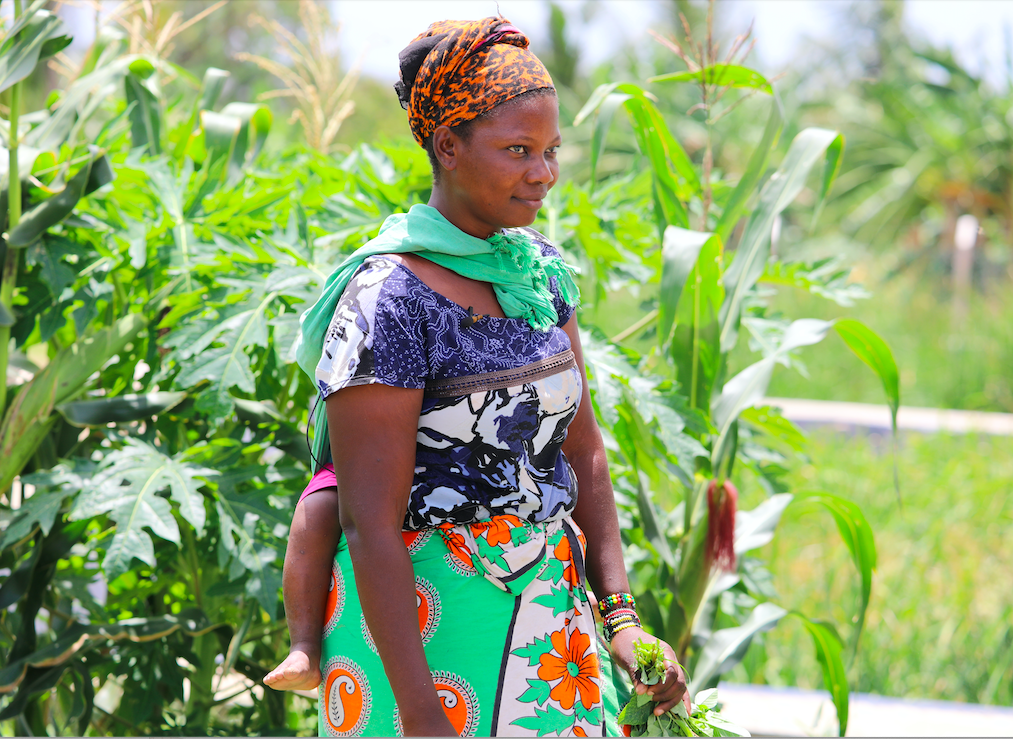 Mercy Veja harvesting vegetables/FILE
Mercy Veja harvesting vegetables/FILE


